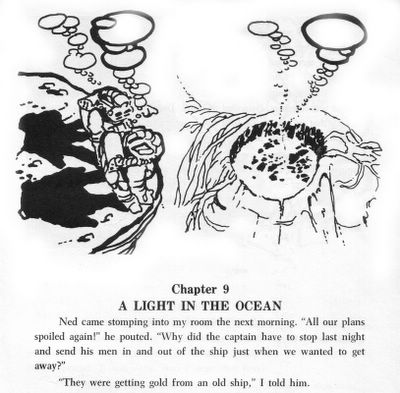Do extraterrestrials sweep their skies with radar to scan for incoming missiles?If so, Avi Loeb of the Harvard-Smithsonian Center for Astrophysics in Cambridge, Massachusetts, thinks he can find the radio signals leaked from warring alien civilizations.
Loeb believes he can detect the leaked signals by piggybacking his search on a new generation of radio telescopes designed to study low-frequency radio emissions in the distant, infant universe.
He and his colleagues hope to test the theory with the Mileura Wild-Field Array currently under construction in Australia and is slated to start operations in 2008.
In its current configuration, the array will be sensitive to any Earth-like civilizations that may exist on a planet orbiting one of about a thousand stars up to 30 light-years away, Loeb said. link
And the war rages on...:














